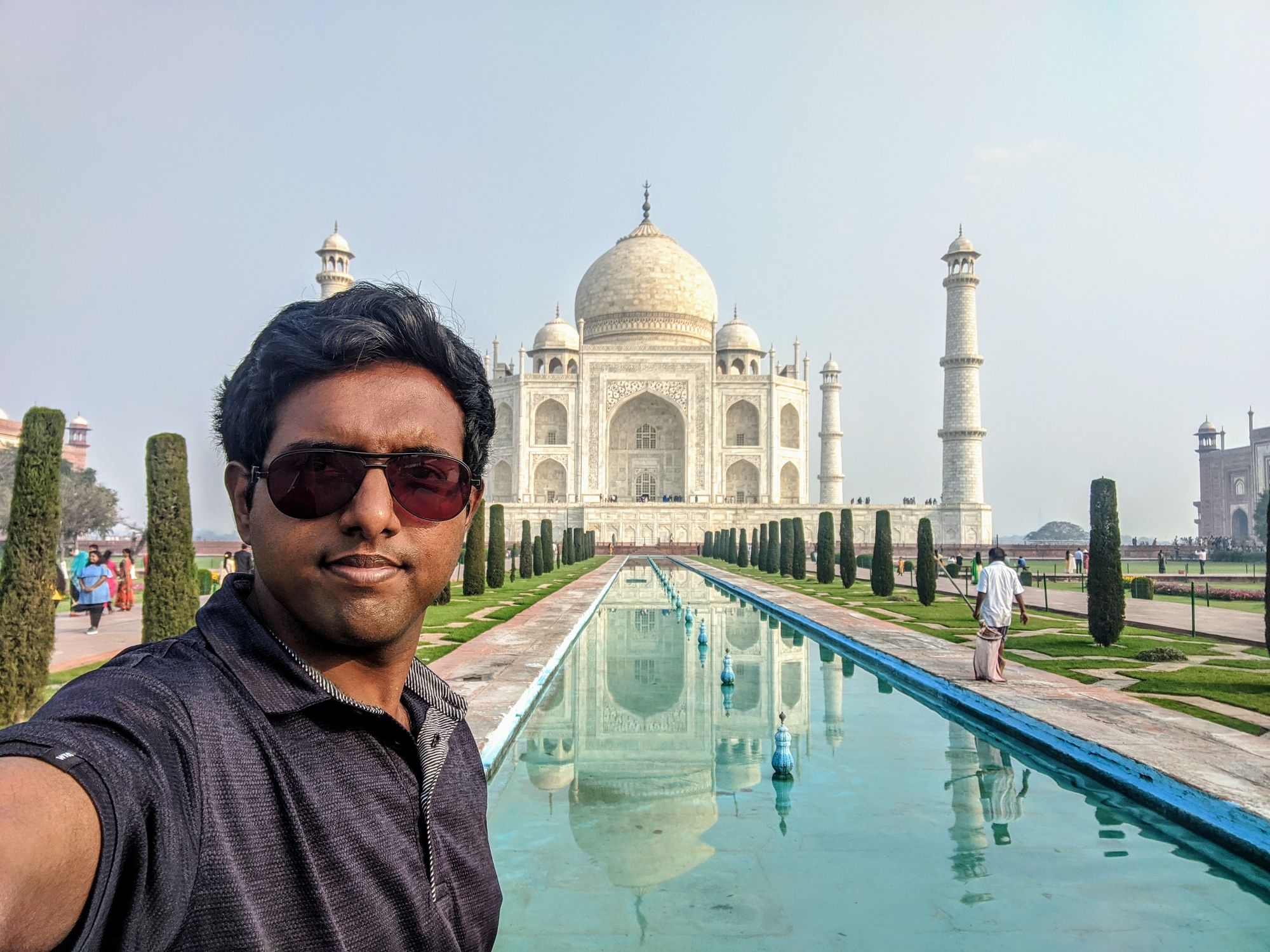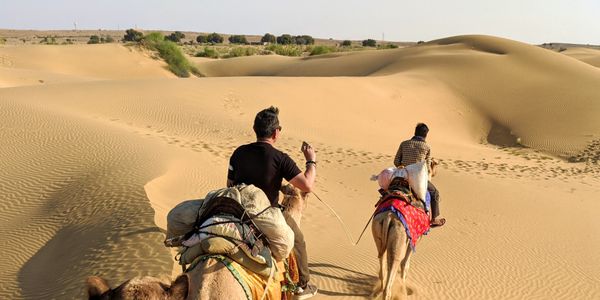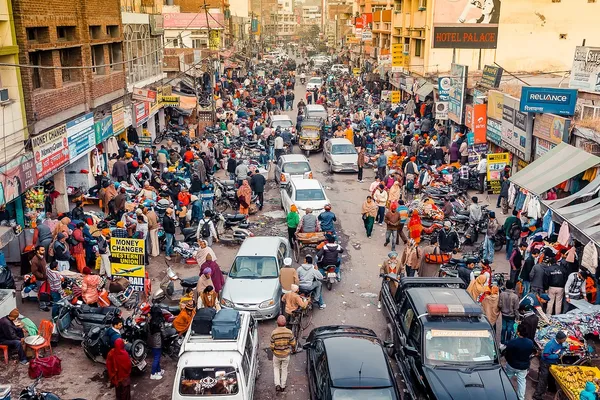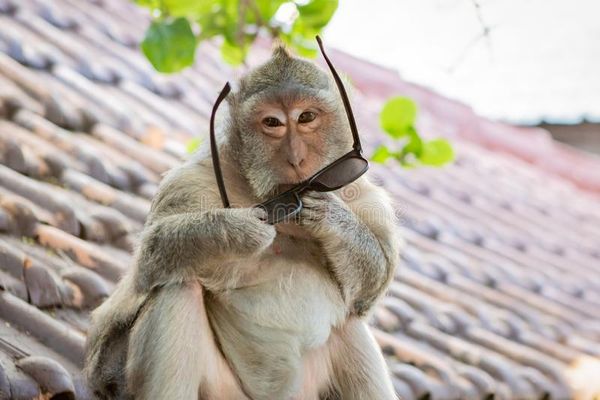Taj Mahal - Architecture [India 2020]
Widely considered the most beautiful building in the world, Tagore called it a "teardrop on the cheek of time". There's a ton of mind-blowing architectural details in this Mughal masterpiece, especially in the detailed decorations that are easy to miss, which I'll try to highlight here (hence the long post). An example would be the firestones precisely cut into tiny pieces, inlaid into the white marble stone, and arranged into decorative lotus flowers that can light up from within.
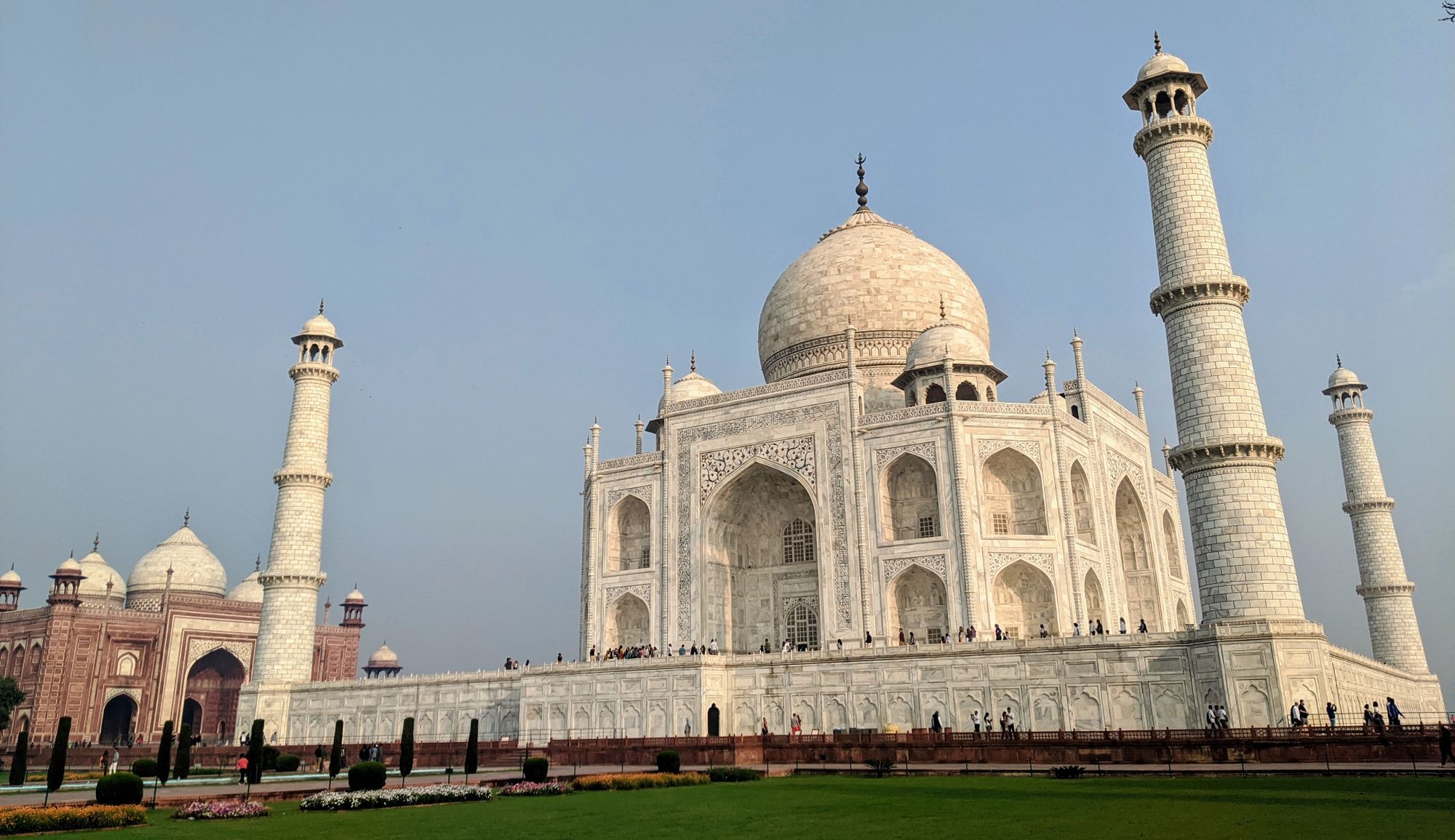
Taj Mahal isn't just the white building (the mausoleum) we instantly recognize. It's an entire complex, fully symmetric, with majestic gates, mosques, and elaborate Mughal gardens on either side of it, all designed by an architect, landscaped, and built together with the purpose of highlighting its beauty.
We enter the complex through two smaller gates that lead to the majestic southern gate. The gate itself is 7 stories high, a marvel by itself in red sandstone. Framed by the arch of the gate, the white mausoleum appears bigger than it is, first getting smaller and smaller and then getting bigger and bigger as you leave the gate and slowly walk through the elaborate and well-designed Mughal garden. Mughals loved gardens. And they made an art out of gardening. The garden has a long narrow pond leading to the mausoleum while reflecting it.



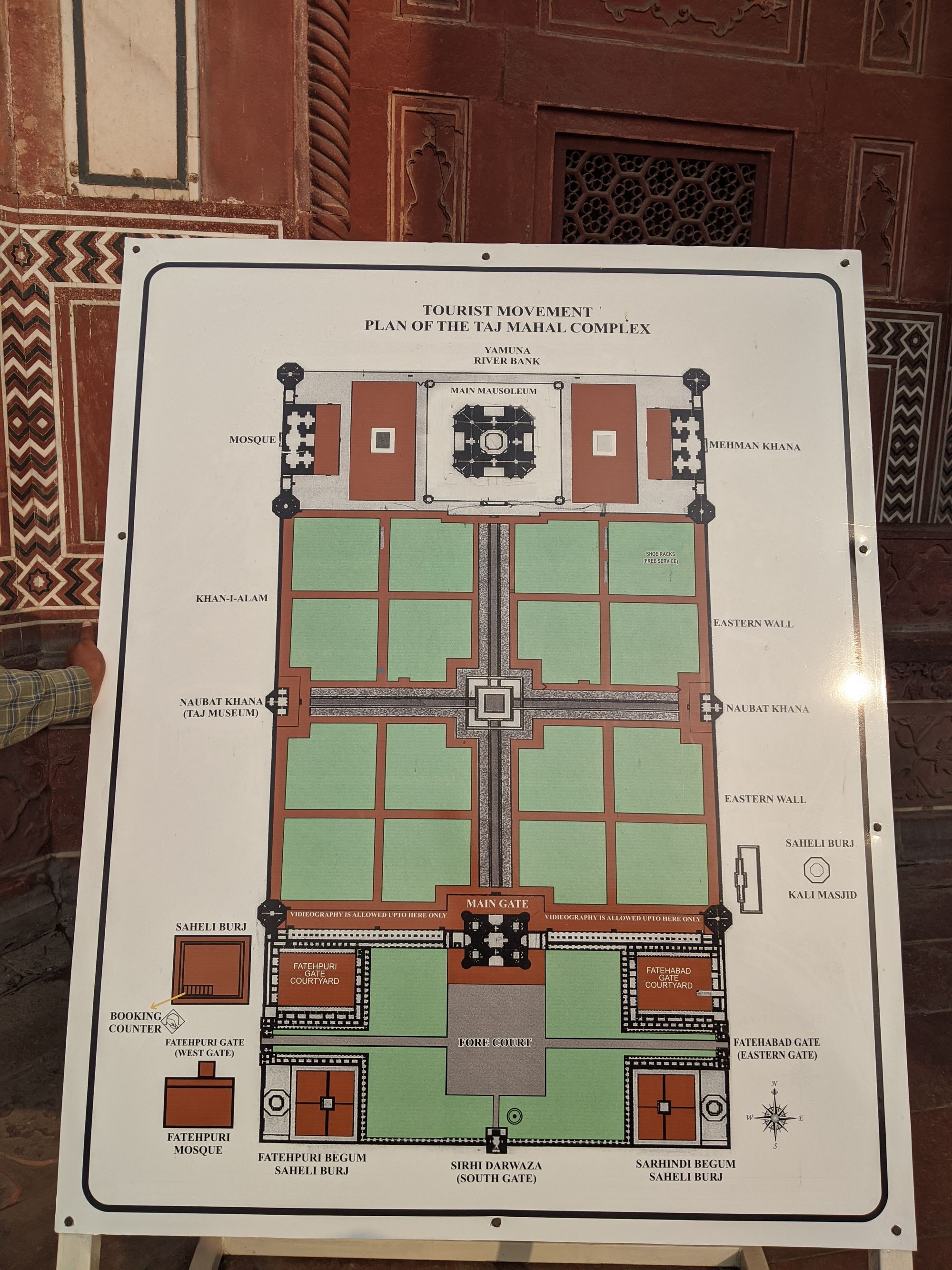
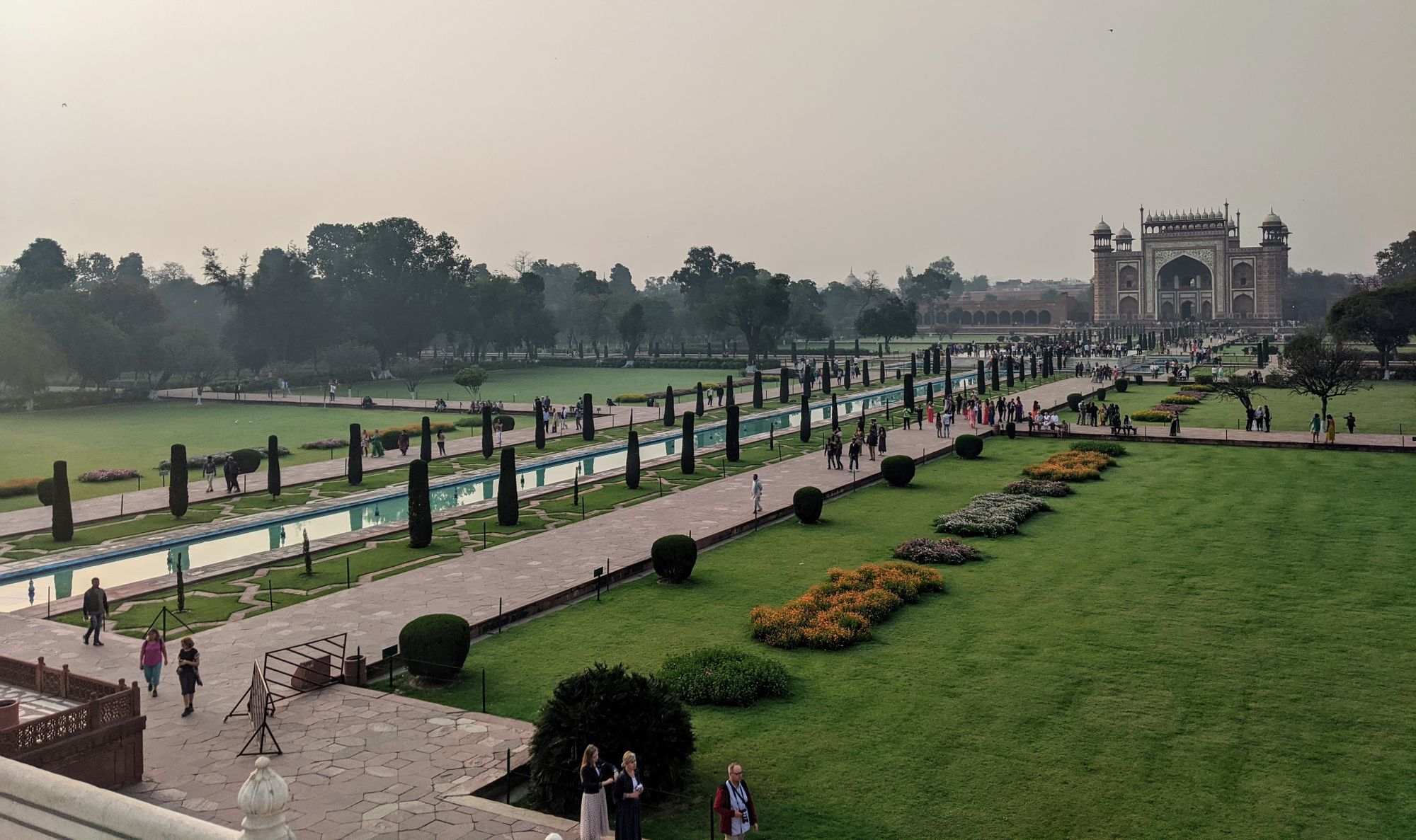
On both sides of the mausoleum, there are two red sandstone mosques, which again by themselves are two of the finest examples of Mughal architecture. The western one was an important mosque used by the Mughal emperors. Eastern one is simply a replica built for symmetry.
The first thing you notice about the white marble mausoleum is that it's huge. The base on which it sits itself is as high as 5 persons. This elevated base serves the purpose to raise the building, such that its only backdrop is nothing but the blue sky. The mausoleum is fully symmetrical as a square (it's the same from 4 directions). The octagonal building in the middle has five domes, four smaller ones surrounding a huge onion-shaped dome that has a brass finial which resembles the one in Hindu temples, but with an Islamic crescent moon facing heaven. It's an example of the fusion of Hindu and Muslim architectures, a characteristic of Mughal buildings. The octagonal building is surrounded by 4 towers (Minarets), which make the entire mausoleum look like a crown (Taj Mahal = Crowned Palace). The towers lean slightly outwards, simultaneously accenting the overall look while preventing them from falling on the central building in case of an earthquake.
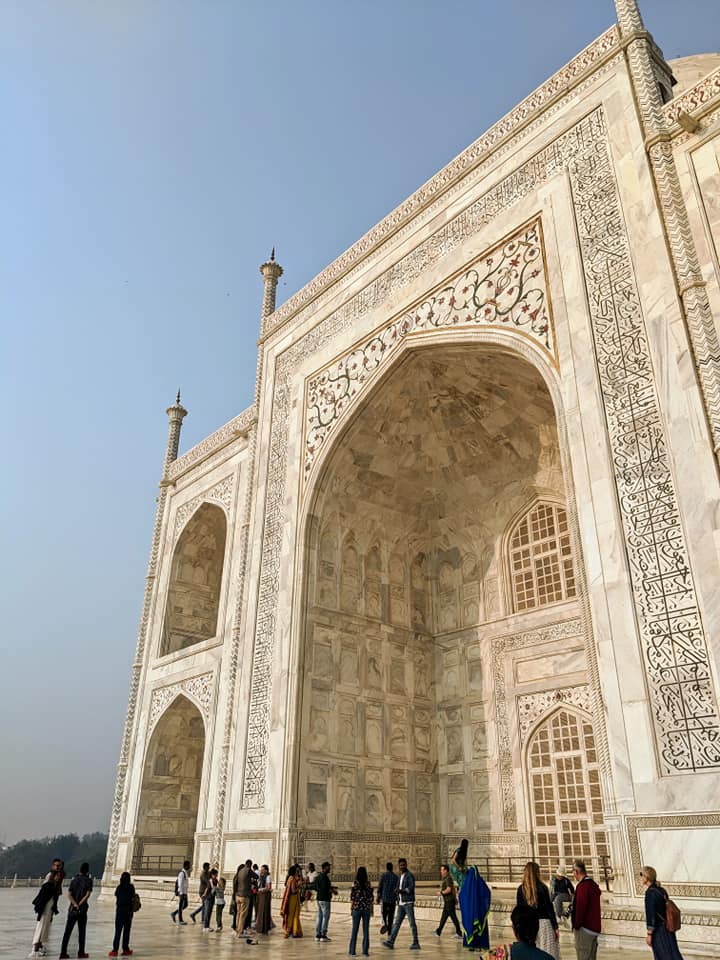
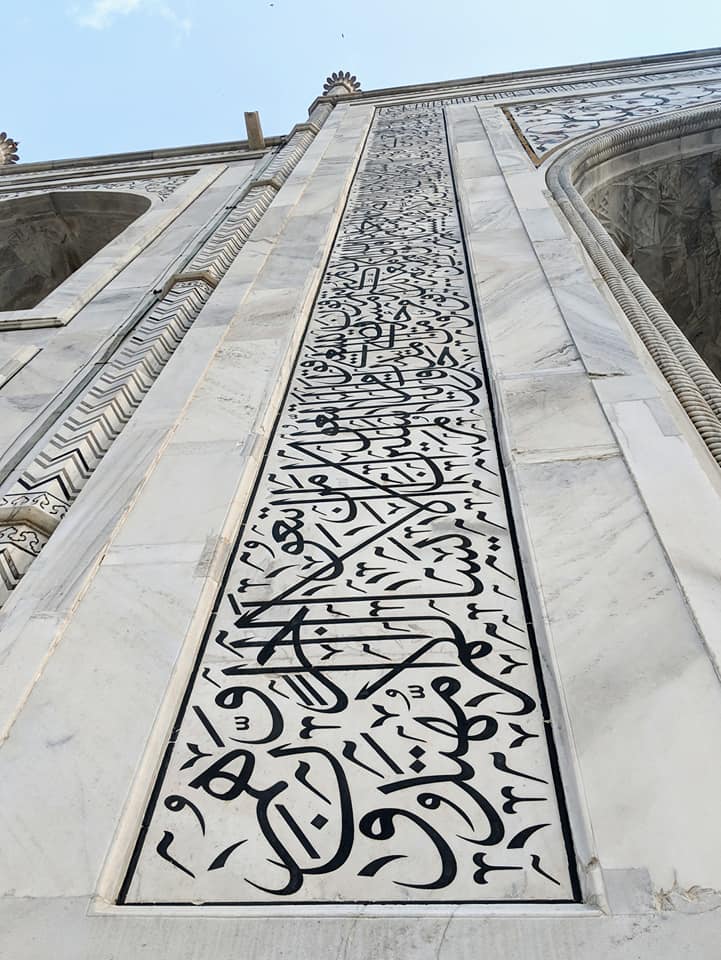
Islam prohibits human/animal forms in decorations (only Allah is allowed to create). Hence the entire building is decorated with detailed flower patterns and verses of the Quran written in beautiful calligraphy. The strokes of the calligraphy around the main arches get thicker as they get higher above the ground, giving the impression of constant width when seen from below. The octagonal building has marble screens inlaid with glass on all four sides to allow light into the chamber.
The flower decorations are done as "pierra durra" (stone inlay work), that is precious and semi-precious stones of different colors are cut into thin precise slices, the white marble is carved into their precise shape and they are placed within them in a way, the edges can't be noticed. The entire building is decorated this way, as you can see in the close-up photos, which is mind-blowing.

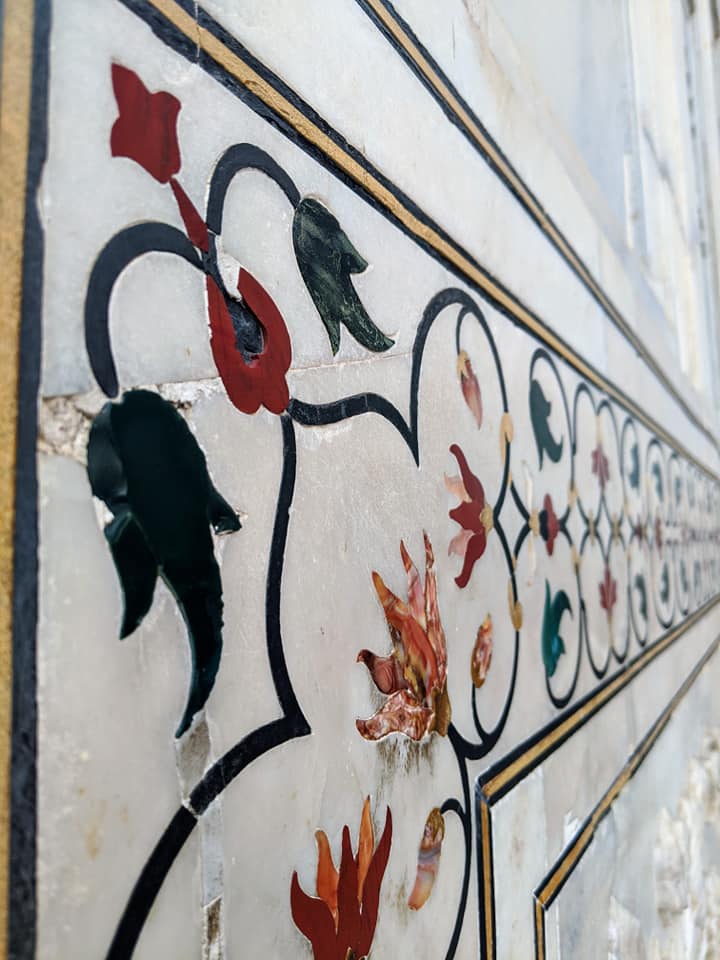
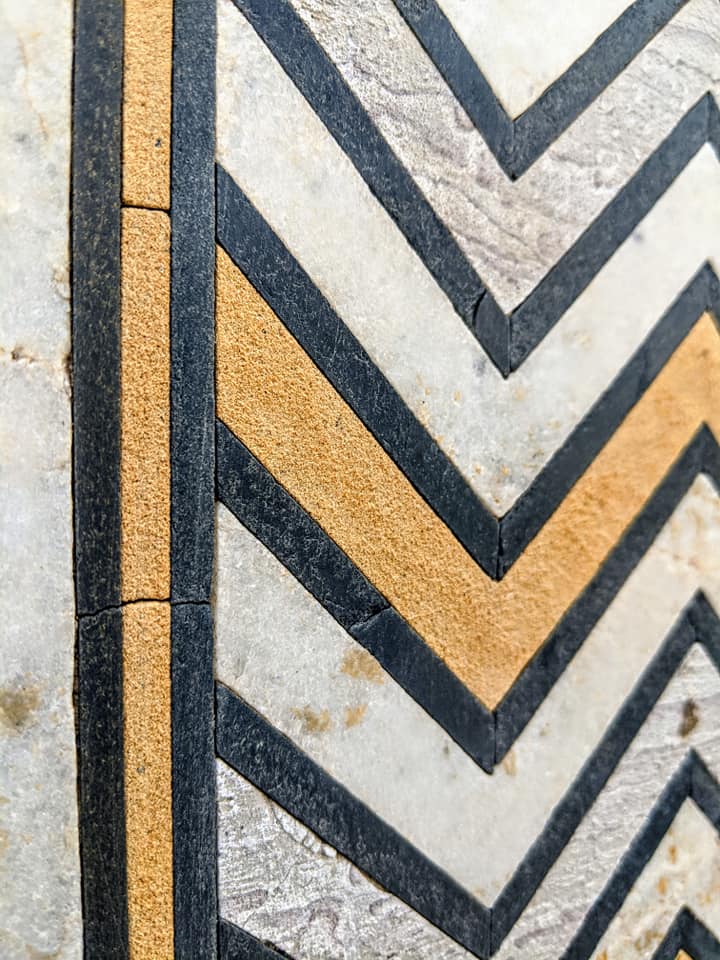
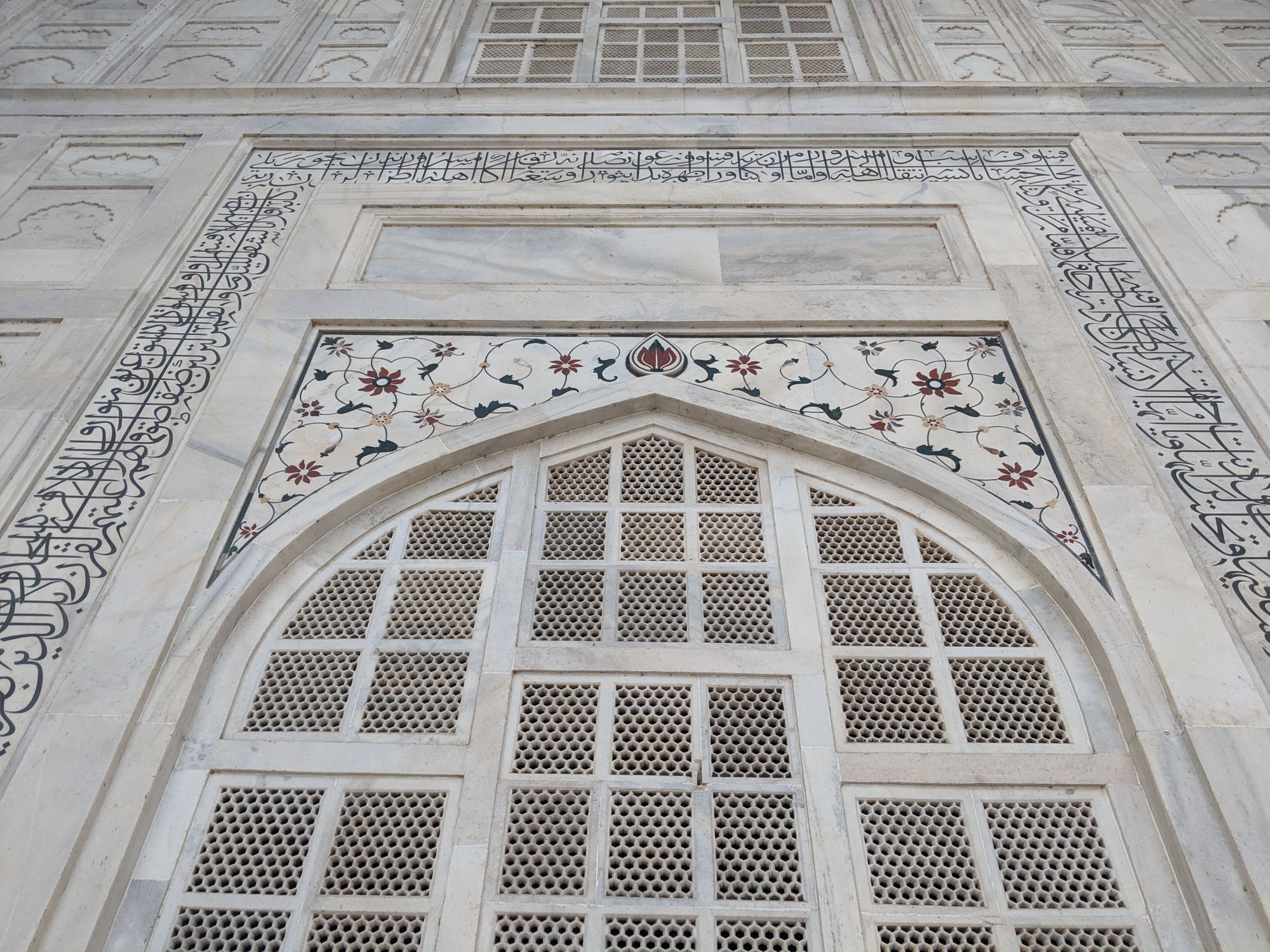
Stepping into the mausoleum, we can see two fake tombs. Queen Mumtaz Mahal's in the exact center, snd Emperor Shah Jahan's on an off-center (the only element disrupting the symmetry of the entire complex, hence speculated that he was not meant to be buried here). The real tombs are on a lower level, as per the Muslim tradition of burying people 7 feet deep into the earth.
The fake tombs are exquisitely decorated and are surrounded by marble screens that are mind-blowing in themselves. Each screen is a thin sheet of white marble stone, with holes of complex floral patterns carved into them. The screens are decorated again with inlay work, but more exquisite than anywhere else in India. The floral patterns have recurring lotus flowers, about 8 cm high, placed every foot apart or so. Each one has 64 or 128 petals, which are that many tiny firestones (red precious stone) cut into tiny pieces and arranged in a packed formation to make a flower. The guide shined a torchlight on them, and the firestones burst to life, lighting up from within, hence lighting up the entire flower. I literally got goosebumps and exclaimed "holy shit!!"

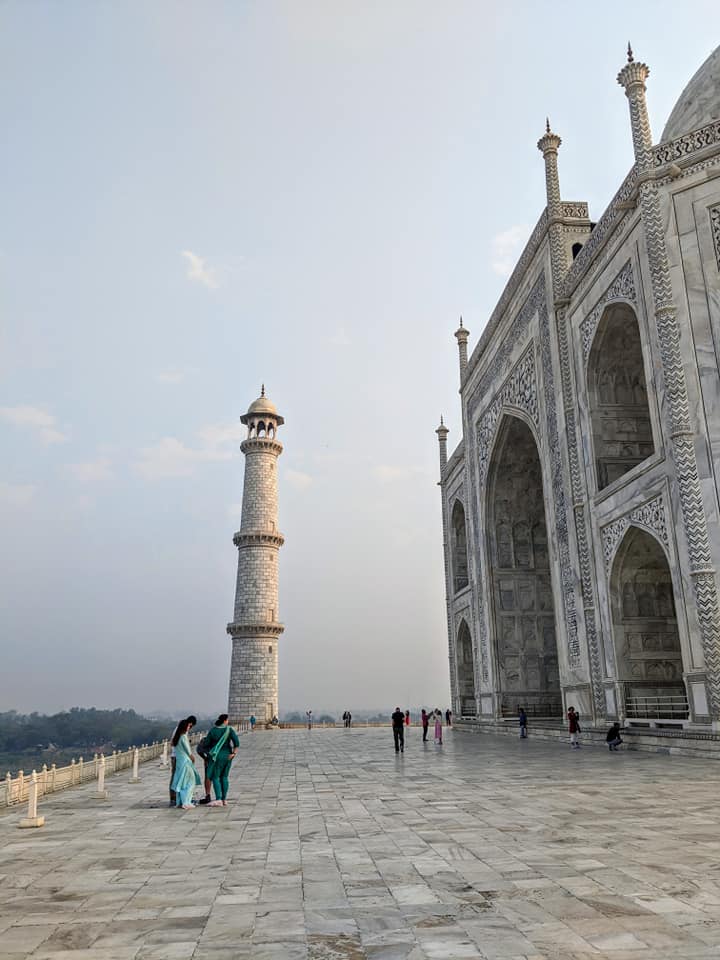
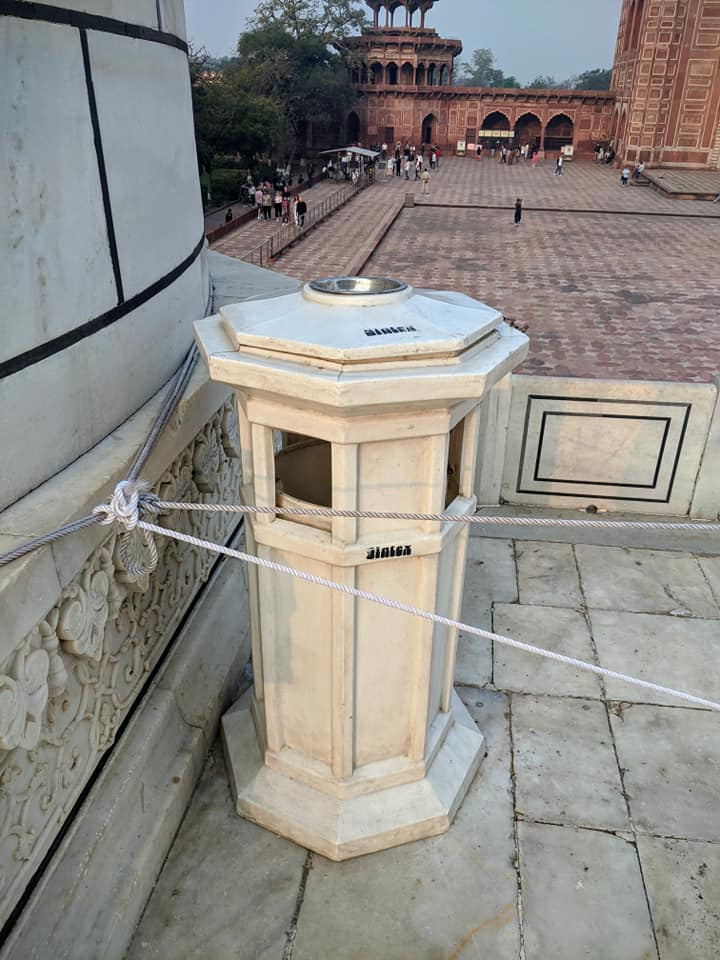

The white mausoleum changes colors throughout the day. In the early morning, it looks grey, then with the rising sun, it looks pink, then orange, and finally pearl white. It is getting a yellowish stain, thanks to the air pollution in Agra. They are using a special mixture of clay, traditionally used by women, to apply "facial" and remove the yellow stain from white marble.
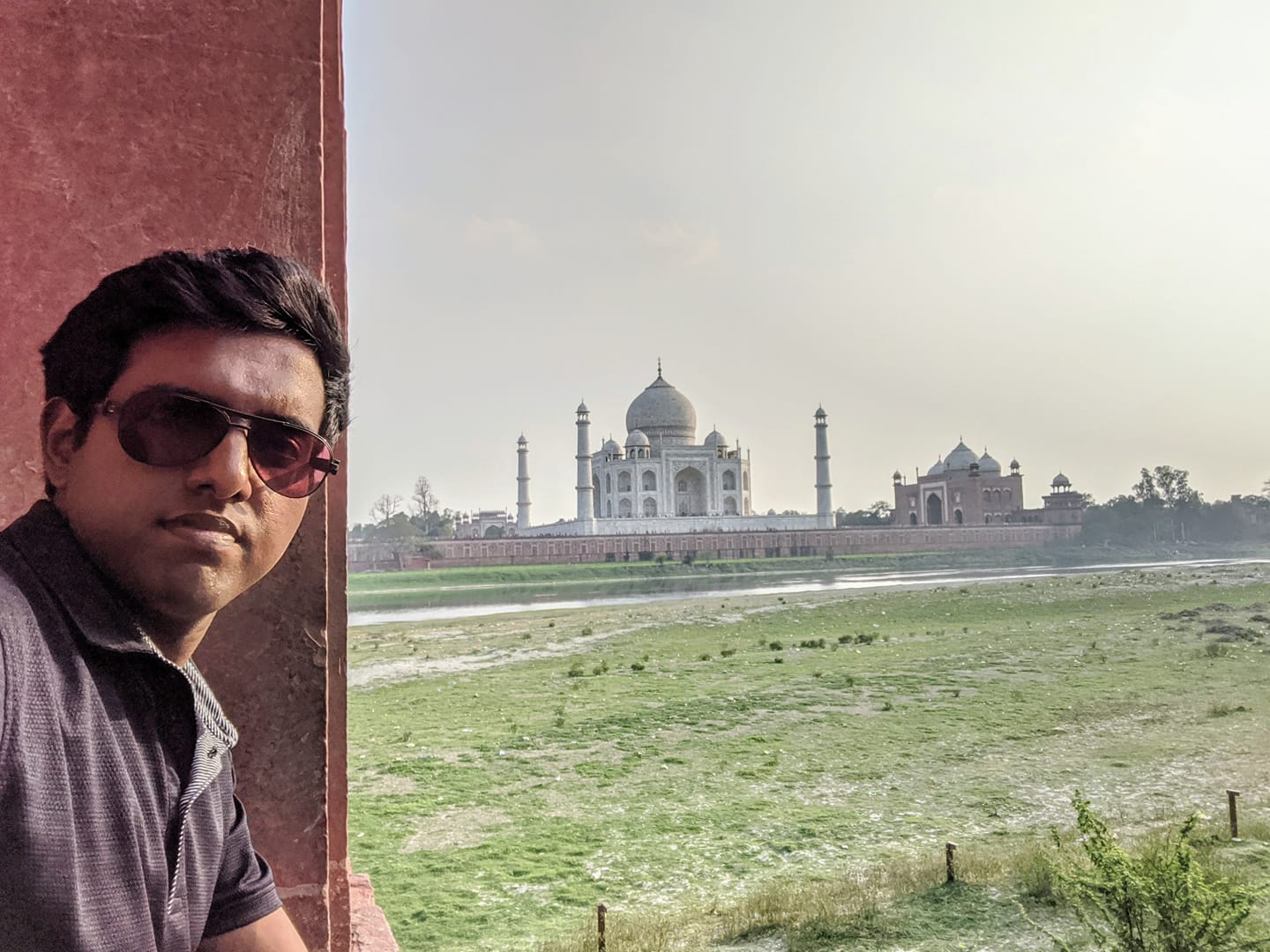

Taj Mahal sits on the south bank of Yamuna river, the dirtiest river I have ever seen (I haven't walked on the banks of Kelani river anyway). It stinks so bad, partly ruining the Taj experience. Boat rides in the Yamuna are banned, for security purposes. Across the river, on the northern bank, there's another elaborate Mughal garden (yeah, they have built gardens all over the place), which serves as an ideal spot to watch Taj under a full moon. I visited at dusk and fell asleep in a red sandstone building, watching the Taj Mahal.
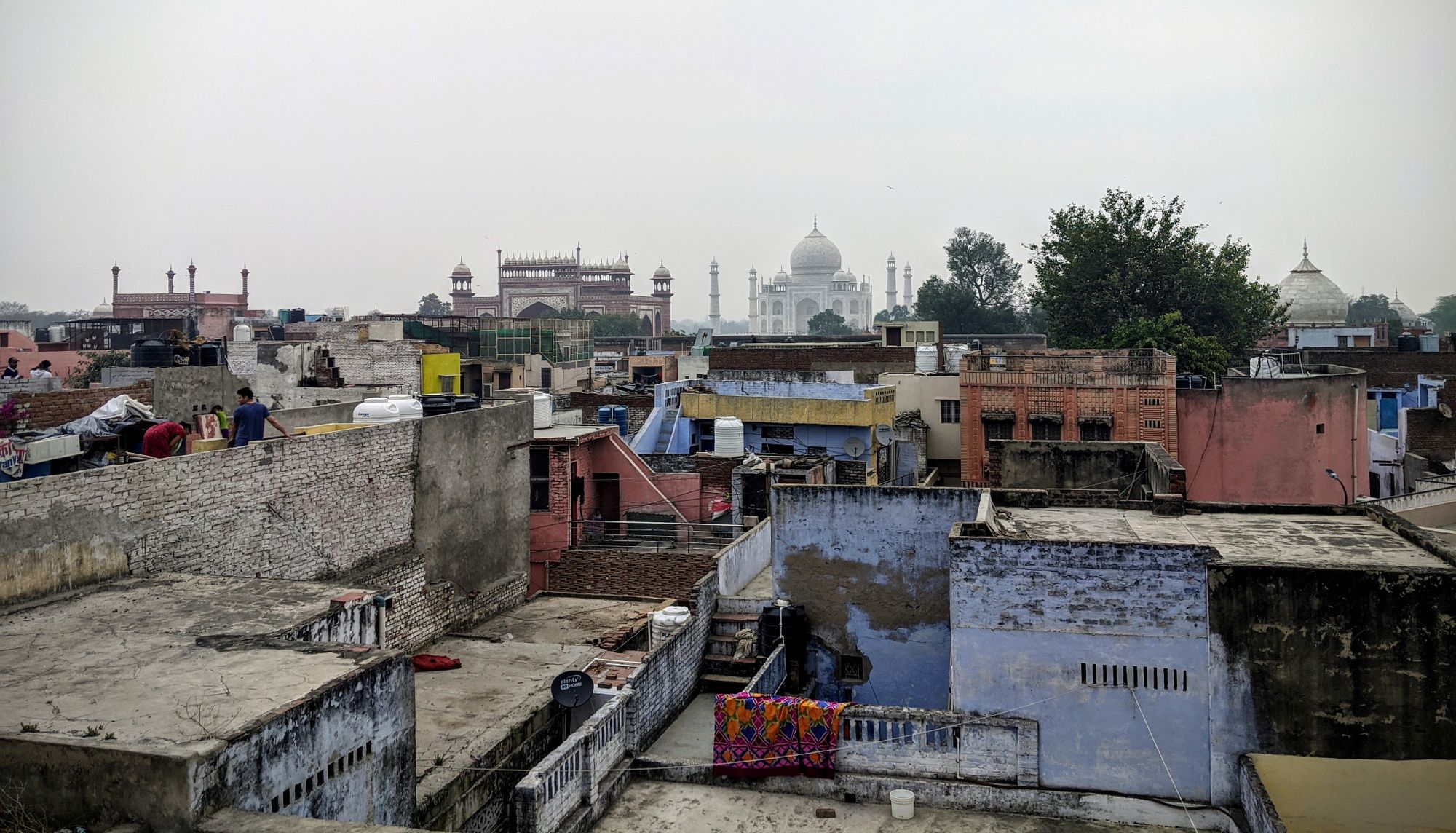
If you have read this far, here's a little history. This mausoleum was built by Mughal emperor Shah Jahan for his favorite wife who died at her 14th childbirth. White marble stones were brought from Rajasthan (300 km away), precious gems from Persia, and 20,000 workers worked for 22 years to complete this masterpiece. It's not just a symbol of love, but also a symbol of Shah Jahan's ruthless power. In his later life, he was imprisoned by his own son Aurangazeb (it's pretty common among Mughals) and kept in Agra fort, where he could look at the Taj Mahal as he died years later. His body was brought to the Taj Mahal via the Yamuna river and placed next to his beloved wife.
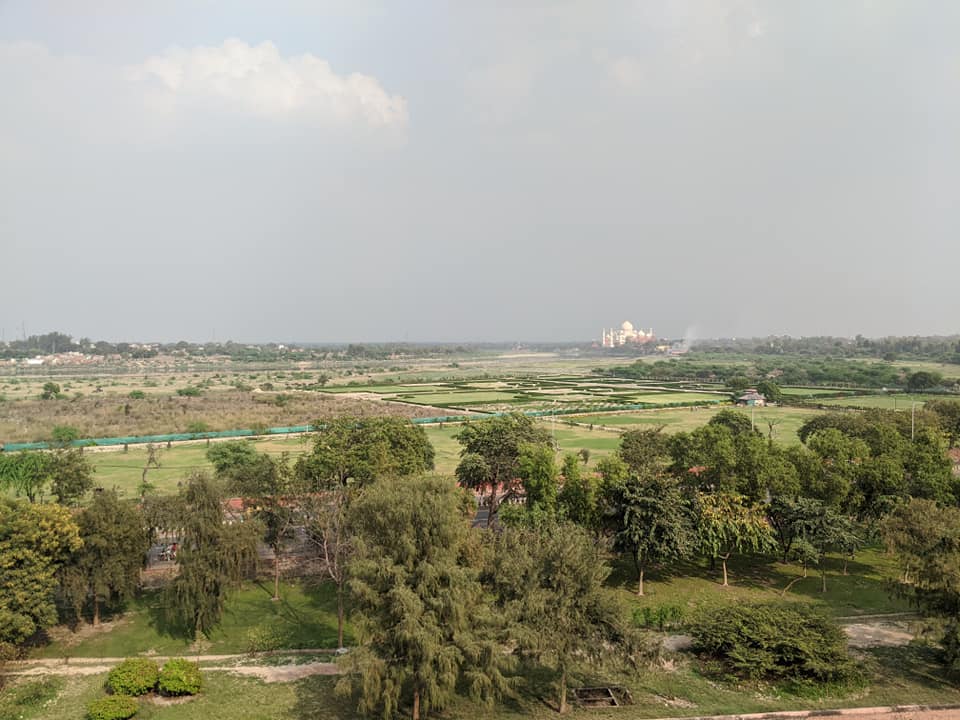
Taj is definitely a must-see in North India. Visit early (6 am) to avoid long lines. Read about these architectural details and a bit of history in advance. I got most of the information from the Lonely Planet guidebook. That definitely improves the experience.
First posted on Facebook:

